author of Honorable Influence - founder of Mindful Marketing
Sports analysts love to debate who’s the GOAT—greatest of all time. When talking football, it’s easy to make a case that it’s Tom Brady. No one has come close to his seven Super Bowl wins in what might be the most challenging position in all of sports, NFL quarterback. He’s also the all-time leader in passing yards, completions, and touchdowns. Then there’s his incredible longevity—still going strong at age 45.
It’s not surprising that Brady, like other top-tier athletes, has also been a prolific product endorser. He’s promoted brands that include, but aren’t limited to, Beautyrest, Disney, Snickers, UGG, and Visa. Most Brady ads garner little extra exposure, but his most recent commercial for Under Armour has captured added attention.
The ad includes another legend, actor Morgan Freeman, who reads a letter that Brady has purportedly penned to a hypothetical football prodigy who some are calling “The Next Tom Brady.” Brady says to reject any such associations and instead to “compare yourself to nobody but the kid in the mirror.”
One can imagine at least a couple reasons why the GOAT might give that advice: 1) He genuinely wants young players to chart their own unique course and not be saddled with expectations to be someone they’re not; or, more cynically, 2) He doesn’t want anyone matching or exceeding his accomplishments, thus dimming the light of his star.
Each of these motivations is possible, but given that the celebrity friendship and letter are almost certainly contrived, the most plausible motive is the one that drives virtually every commercial — selling product.
Both Brady and Under Armour want people to buy the brand’s athletic equipment and apparel. It’s been their common cause for more than a decade and a partnership that has rewarded Brady handsomely: in the ballpark of $10 million to $15 million a year.
In fact, one might even say that NFL quarterback is Brady’s side-hustle and product endorser is his day job, at least in terms of income. In 2021-2022, Brady’s compensation from quarterbacking was $31.9 million while his endorsement earnings totaled $52 million.
To his credit, Brady has positioned himself well for life after football, as an endorser and in other ways. His ever-expanding business portfolio includes such ventures are TB12, 199 Productions, and Autograph. There’s also his namesake BRADY brand, which takes us back to the central question of this piece:
Does the living legend really want aspiring athletes to avoid comparisons to him?
BRADY, which calls itself “The Next Generation Apparel Brand,” seems intent on living up to that label. From the website’s photos, the brand appears to be targeting young male athletes.
The brand features a wide variety of athletic apparel from underwear and socks, to t-shirts and sweatshirts, to complete training, golf, and lifestyle collections. The common component on each article is the BRADY trademark, embroidered on the front panel of hats, heat-pressed on the left shoulder of training Ts, and silkscreened in 4” high letters across the chest of sweatshirts and hoodies.
Therein lies the advertising irony. Through Under Armour's commercial and the BRADY brand, Tom Brady passes mixed messages to young athletes, telling them:
“Don’t let anyone compare you to me, but please wear my name across your chest.”
Just as basketball players who sport #23 on their jerseys encourage comparisons to another GOAT, Michael Jordan, any high school or college quarterback who wears BRADY emblazoned on his football training shirts invites comparisons to Tom.
These associations aren’t unique to athletics; they occur most times famous people put their names on products. Virtually every celebrity endorsement benefits from such classical conditioning as the admiration that people have for the celebrity transfers onto the product they’re promoting.
Whether it’s verbalized or not, the celebrity in the ad suggests, “I use this product, so you should buy it and be like me.” The consumers' emulation can extend to other products the celebrity endorses as well as to other attitudes and actions.
When I was growing up, some young basketball players wore white and red Converse sneakers, #6 jerseys, and patterned their game after Dr. J, while others wore similar shoes with green trim, #33, and imitated Larry Bird. Aspiring athletes have likely been doing the same for more than a century. So, it’s no stretch to suggest that many young football players who wear the BRADY brand emulate #12 and welcome comparisons to him.
It's fine for Tom Brady and other famous athletes to serve as spokespeople for products they genuinely believe in and that benefit those who follow in their footsteps. However, telling young athletes to buy their branded merchandise but not be like them is disingenuous and a trick play that should be flagged for “Single-Minded Marketing.”
Learn more about the Mindful Matrix.
Check out Mindful Marketing Ads and Vote your Mind!

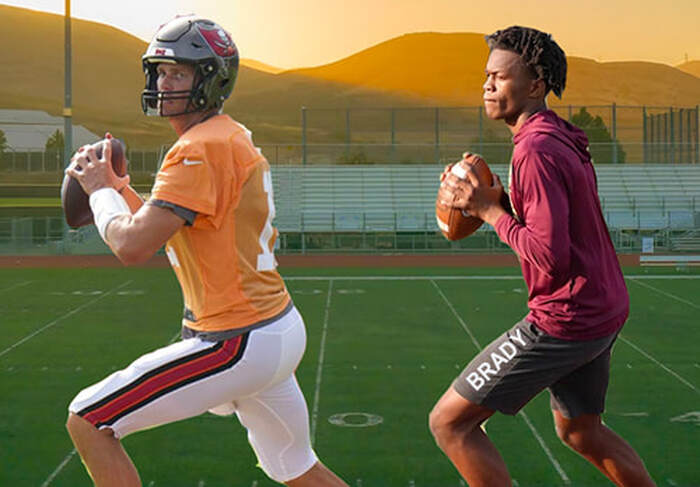
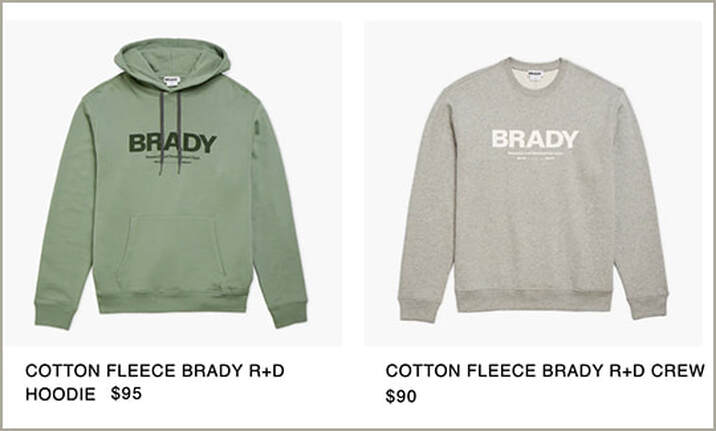
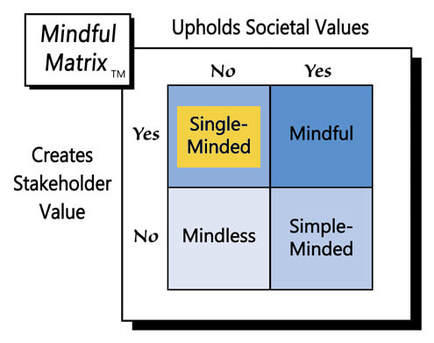

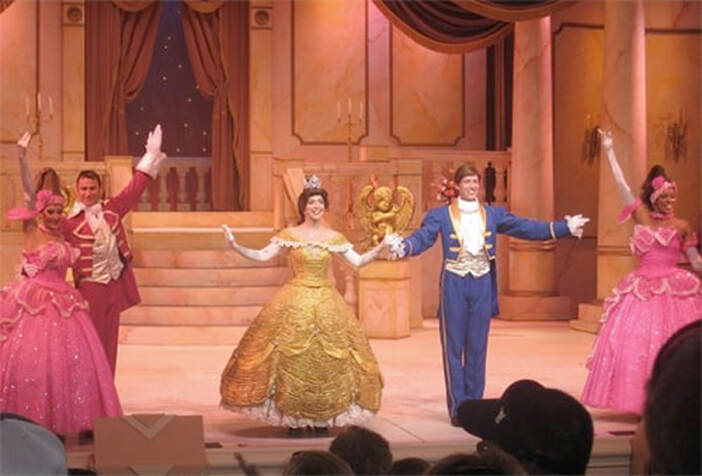
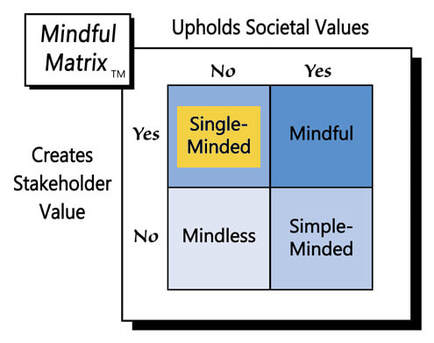
 RSS Feed
RSS Feed